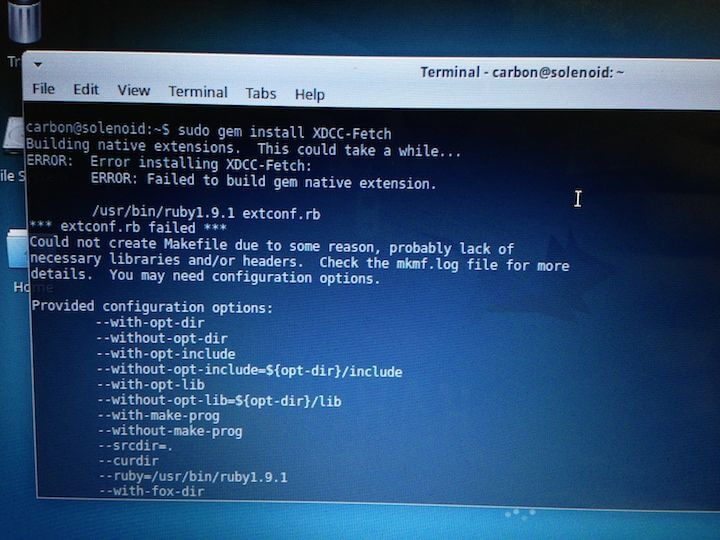

On April 4, 2003, the defendant filed a motion to suppress “any and all evidence obtained as a result of Mr.

In a two-count indictment filed on November 5, 2002, Vincente Miramonted (“the defendant”) was charged as follows: (1) Unlawful possession on October 5, 2002, of a firearm, namely an Intratec, model Tec-9, 9mm semi-automatic pistol, after having been previously convicted of a felony, in violation of 18 U.S.C § 922(g)(1) and (2) Unlawful possession on October 5, 2002, of less than five grams of cocaine in violation of 21 U.S.C. Katz, Federal Public Defender, with him on the brief), Office of the Federal Public Defender, Denver, Colorado. Golla, Assistant Public Defender (Michael G. Suthers, United States Attorney, with him on the brief), Office of the United States Attorney, Denver, CO, for Plaintiff-Appellant. Murphy, Assistant United States Attorney (John W. Decided: April 21, 2004īefore TYMKOVICH, Circuit Judge, McWILLIAMS, Senior Circuit Judge, and PAYNE, District Judge.* UNITED STATES of America, Plaintiff-Appellant, v.

On the 31st the revised version of the Regensburg Book was delivered to the Emperor, together with nine new articles that the Protestants had composed in opposition to some of the articles in the Book that had not been agreed.United States Court of Appeals,Tenth Circuit. On 22 May the colloquy came to a close, the article on justification being its only significant achievement. Ultimately, as always, the colloquy foundered over the question of authority. While the doctrine of justification had not been defined by the church, transubstantiation had been proclaimed by the Fourth Lateran Council. He rejected Granvelle's suggestion that discussion of the word be deferred to the end of the colloquy. He insisted on its insertion and would not countenance any compromise. Ironically, it was the same Contarini who was willing to be flexible over justification who torpedoed the colloquy by his intransigence over the word transubstantiation. The colloquy soon began to founder, but that was because of differences on other doctrines, such as the infallibility of councils and transubstantiation, not because of shortcomings in the statement on justification. The joy and the hope engendered were to be short-lived. Most of the participants of the colloquies on each side were Erasmian humanists, sharing a concern to reform the church by going behind the middle ages to the sources of the golden age of the church, the Bible and the Early Fathers. The division between Protestant and Roman Catholic was more substantial - though not so substantial before the Council of Trent (1545-63) as after it. Protestantism eventually resolved into Lutheran versus Reformed but it was not inconceivable that the more moderate elements might have united behind a Protestant confession. With hindsight that can appear an inevitable outcome, but it did not appear to be inevitable at the beginning and even today we cannot say with certainty that is was an inevitable outcome. In the latter part of the sixteenth century Europe divided into rival confessions: Roman Catholic, Lutheran, Reformed. Was it not clear that there could be no common ground? The answer is that it might be clear to us, with the benefit of hindsight, but it was not at all clear at the time. The modern reader may wonder that was the point of these debates.


 0 kommentar(er)
0 kommentar(er)
